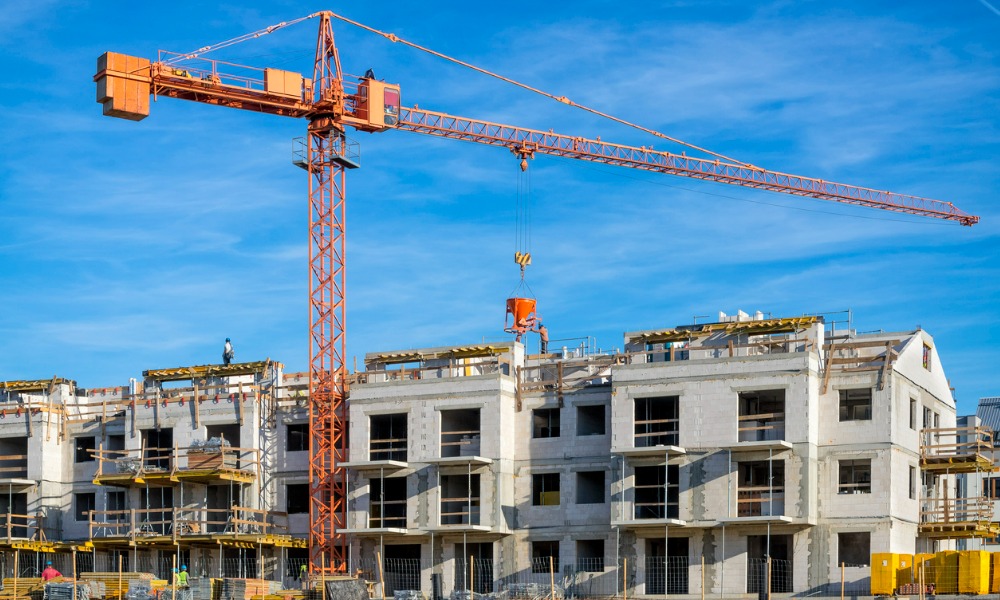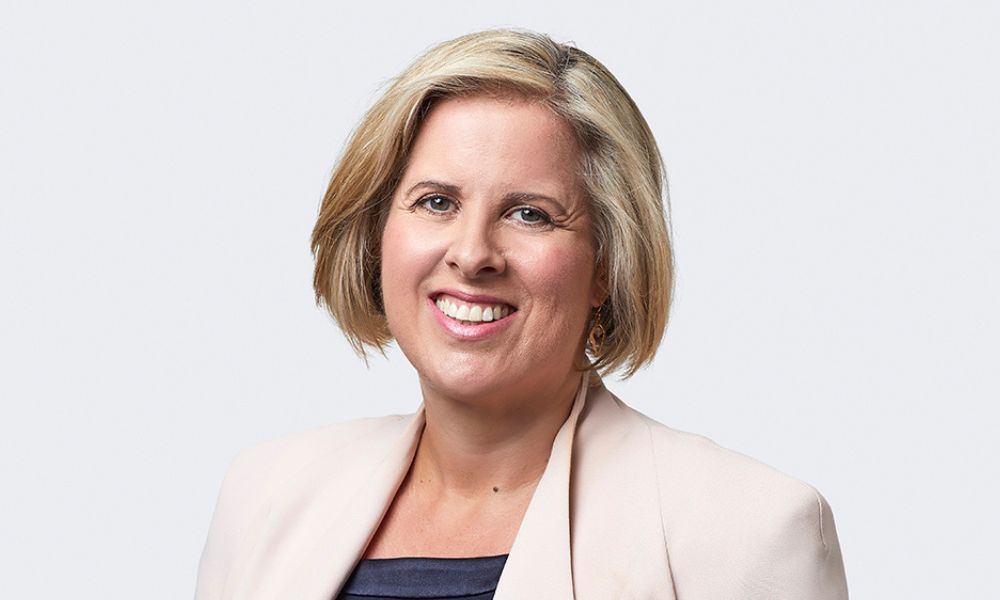New home approvals lag well behind targets as costs rise and construction delays persist

Australia is falling well short of its ambitious housing targets, with new home approvals tracking nearly 60,000 below the annual benchmark set under the National Housing Accord.
The shortfall in the first 12 months of the five-year initiative is raising concerns from across the housing sector about the likelihood of meeting the federal government’s goal of 1.2 million new homes by 2029.
Data released by the Australian Bureau of Statistics shows 168,981 homes were approved between July 1, 2024, and the end of May 2025. In total, 181,643 homes were approved in the 12 months to May – an increase on the previous year but still well below the 240,000 annual figure needed to stay on track.
Victoria led the nation in approvals since the Accord began, with 51,876 in the 11-month period and 55,531 for the year. New South Wales followed with 43,000 approvals since July and 45,680 over the full year.
Despite the modest gains, approvals remain insufficient. Construction industry forecasts suggest the country could fall between 262,000 and 285,000 homes short of the target over five years.

“The volume of commencements will fall more than 20% short of the government’s goal of building 1.2 million homes,” said Housing Industry Association (HIA) senior economist Tom Devitt (pictured immediately above).
He pointed to a recent rise in multi-unit approvals, which were up 25% year-on-year in the last quarter. However, he noted that many of these are “phantom approvals,” as projects return for re-approval ahead of changes in the National Construction Code, rather than moving into construction.
“You can’t live in an approval,” Devitt said. “These projects, which have not been viable over recent years, are unlikely to get the necessary sales to commence construction over the next couple of years.”
The cost of building a home continues to rise, with the national average hitting $513,000 in May. This has added pressure to already constrained development pipelines, particularly for higher-density housing.
Master Builders Australia estimates just 915,000 homes will be delivered by 2029 under current conditions. Chief economist Shane Garrett acknowledged rents are still increasing, but at a slower pace, partially due to incremental gains in supply.

“Conditions for renters could be improved further if we achieve further gains in higher density home building,” Garrett said.
Denita Wawn (pictured immediately above), chief executive of Master Builders Australia, said more needs to be done to support the private sector.
“It’s not governments that build homes, it’s private businesses; what we need is for them to clear the path so we can get on with the job,” she said.
The Property Council of Australia also expressed concern, projecting a shortfall of 262,000 homes by the Accord’s deadline. For Property Council group executive policy and advocacy Matthew Kandelaars (pictured immediately below), the modest growth in approvals last month was insufficient to close the gap.

“To hit the Accord’s 1.2 million homes target by mid-2029, we need to be approving at least 20,000 new homes every month and we’re still falling short of that mark,” Kandelaars said. “Today’s numbers confirm what we’ve long known – we don’t just have a housing crisis, we have a productivity problem.”
The council’s chief executive, Mike Zorbas, urged state governments to revisit property taxes and investor policies.
“We also need a grown-up conversation about state-based apartment-killing foreign investor taxes that drive institutional investors away from partnering with Australian companies on new housing,” Zorbas said.
Want to be regularly updated with mortgage news and features? Get exclusive interviews, breaking news, and industry events in your inbox – subscribe to our FREE daily newsletter. You can also follow us on Facebook, X (formerly Twitter), and LinkedIn.



